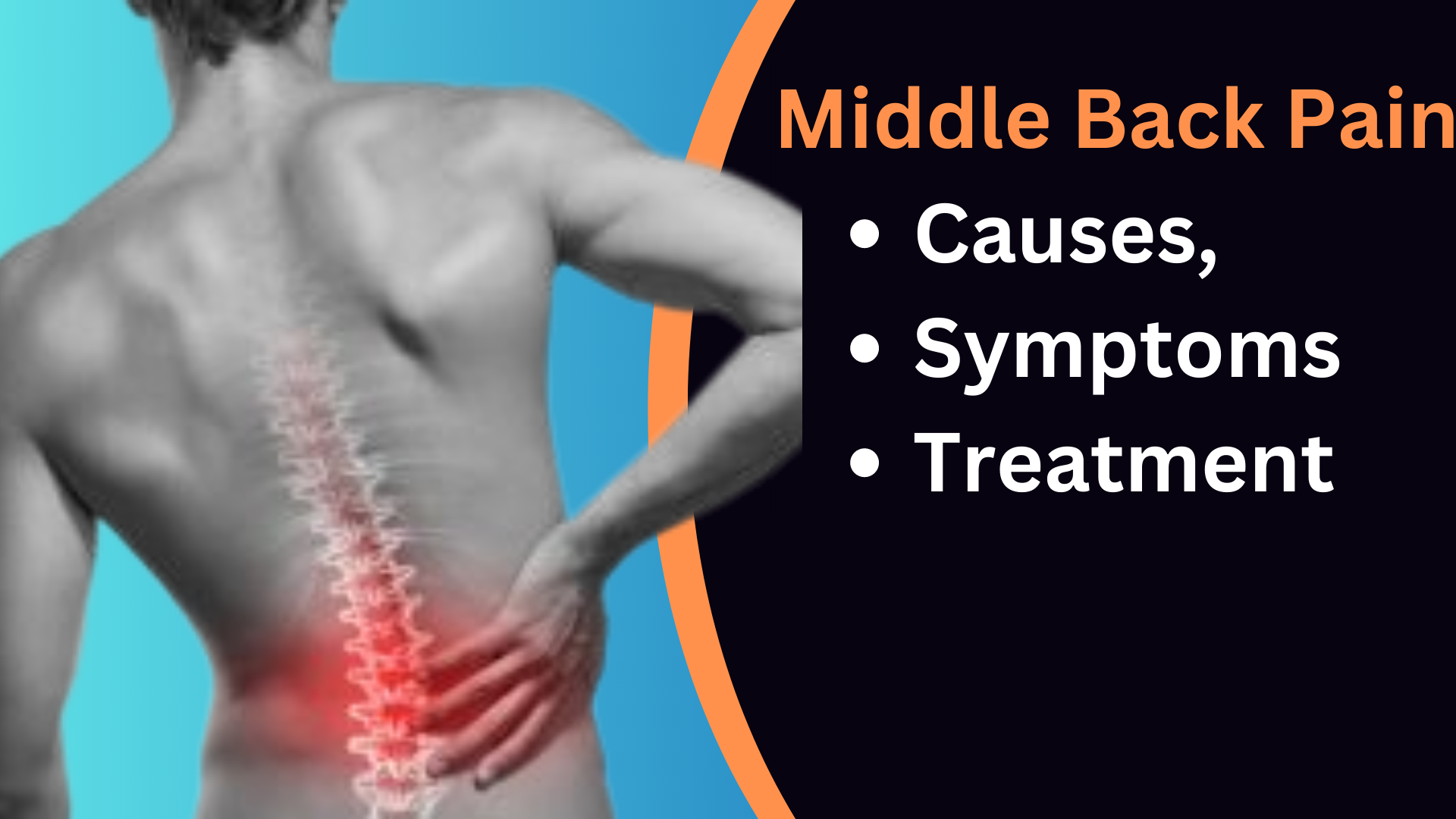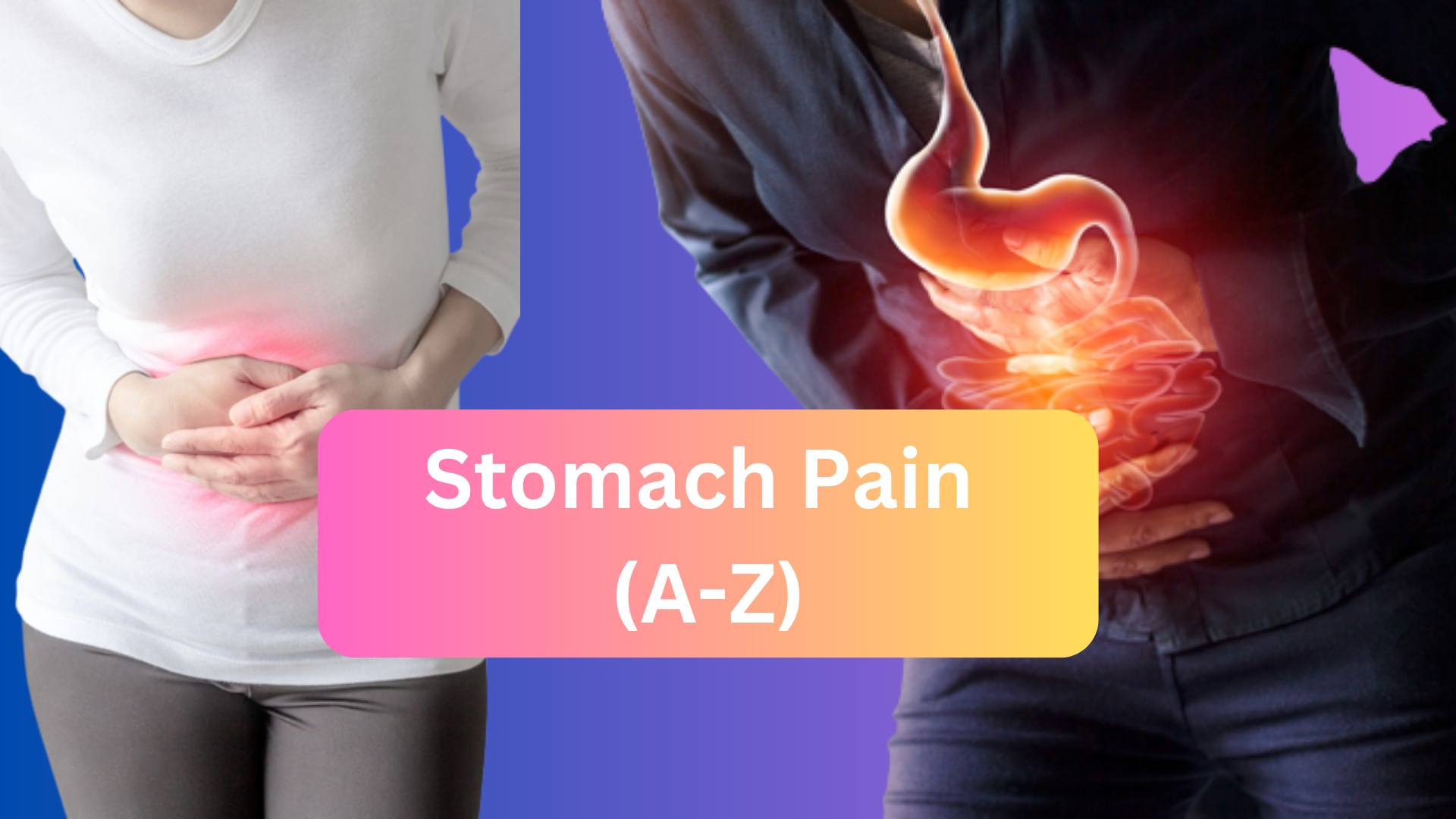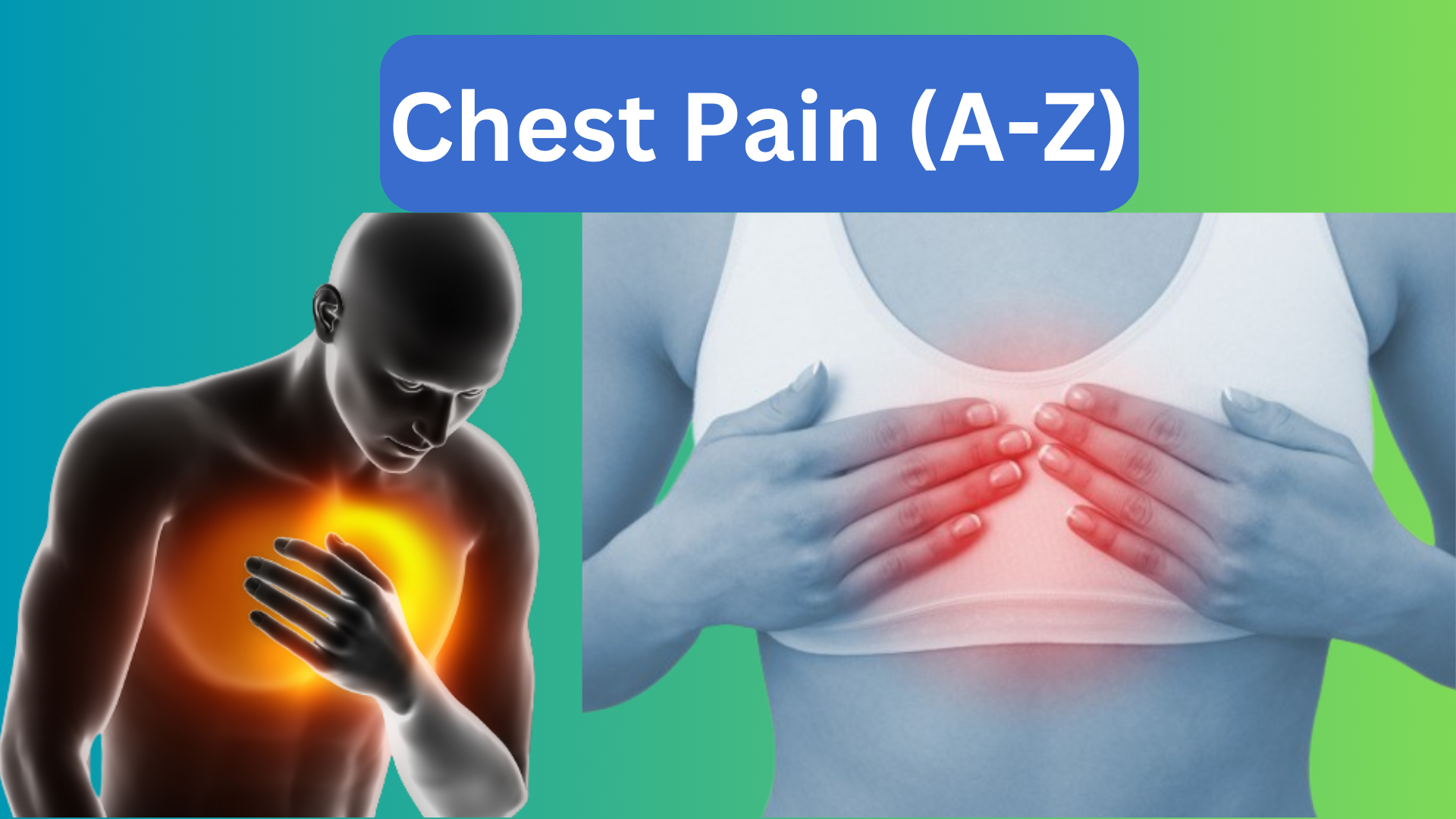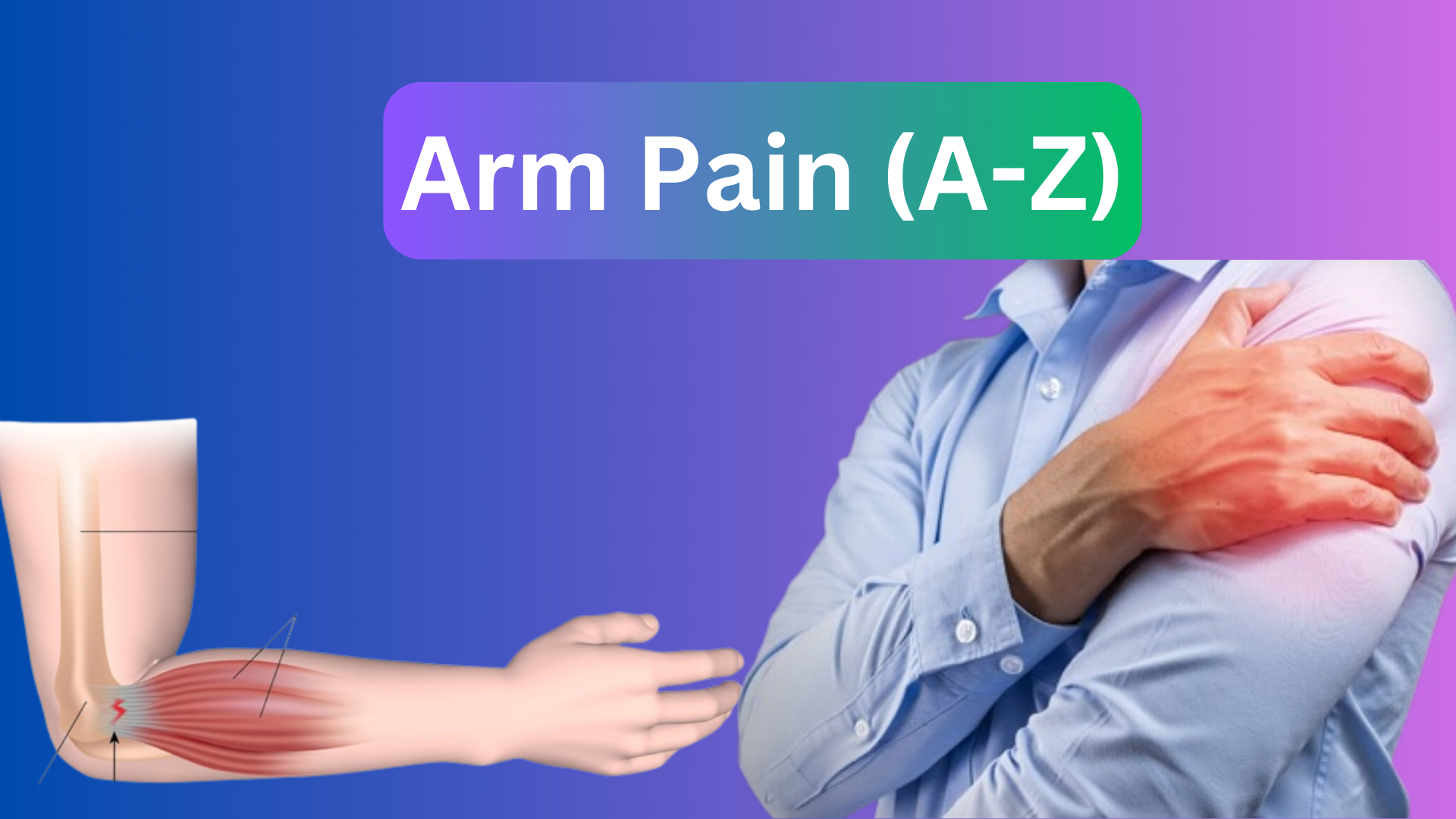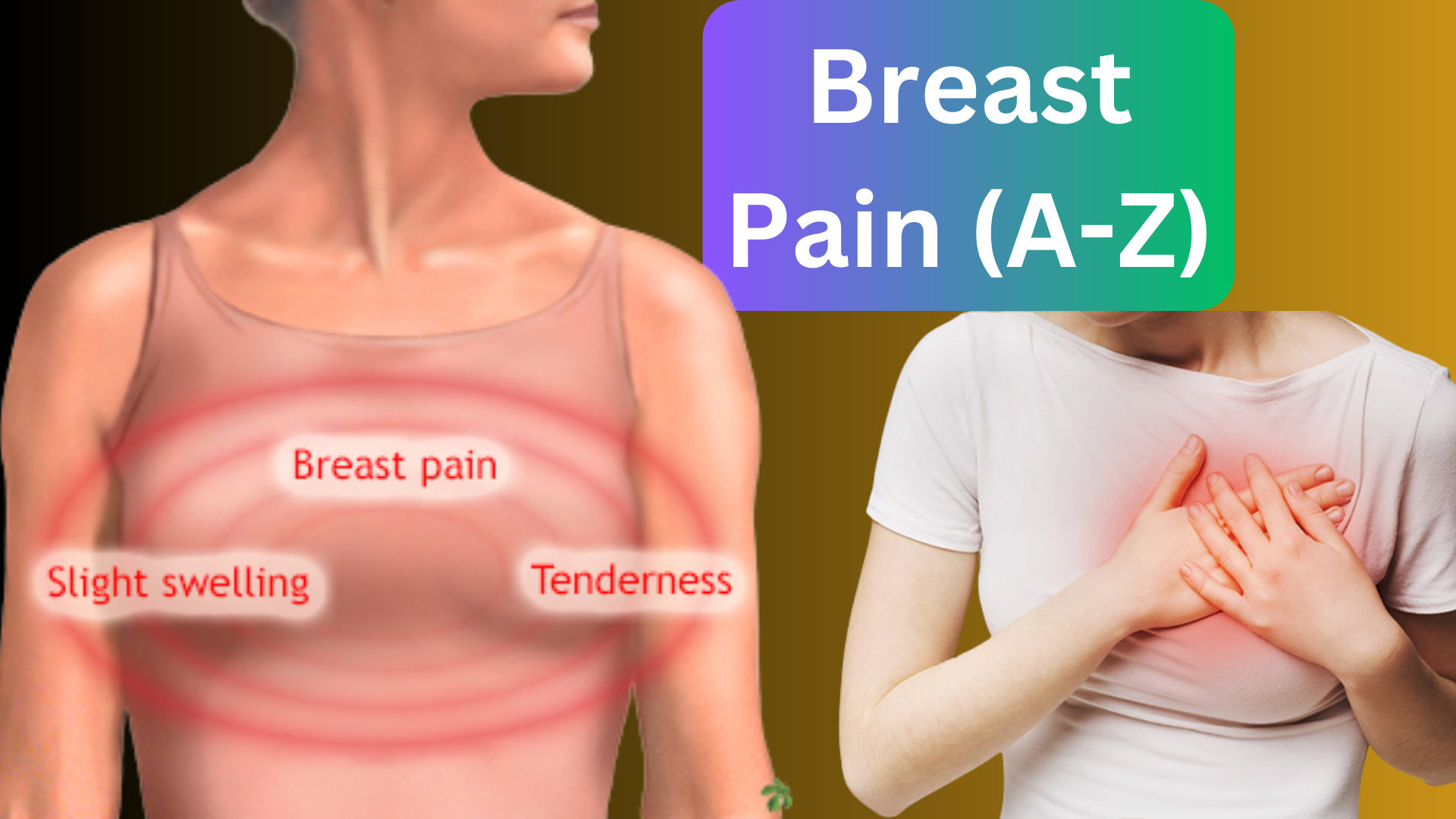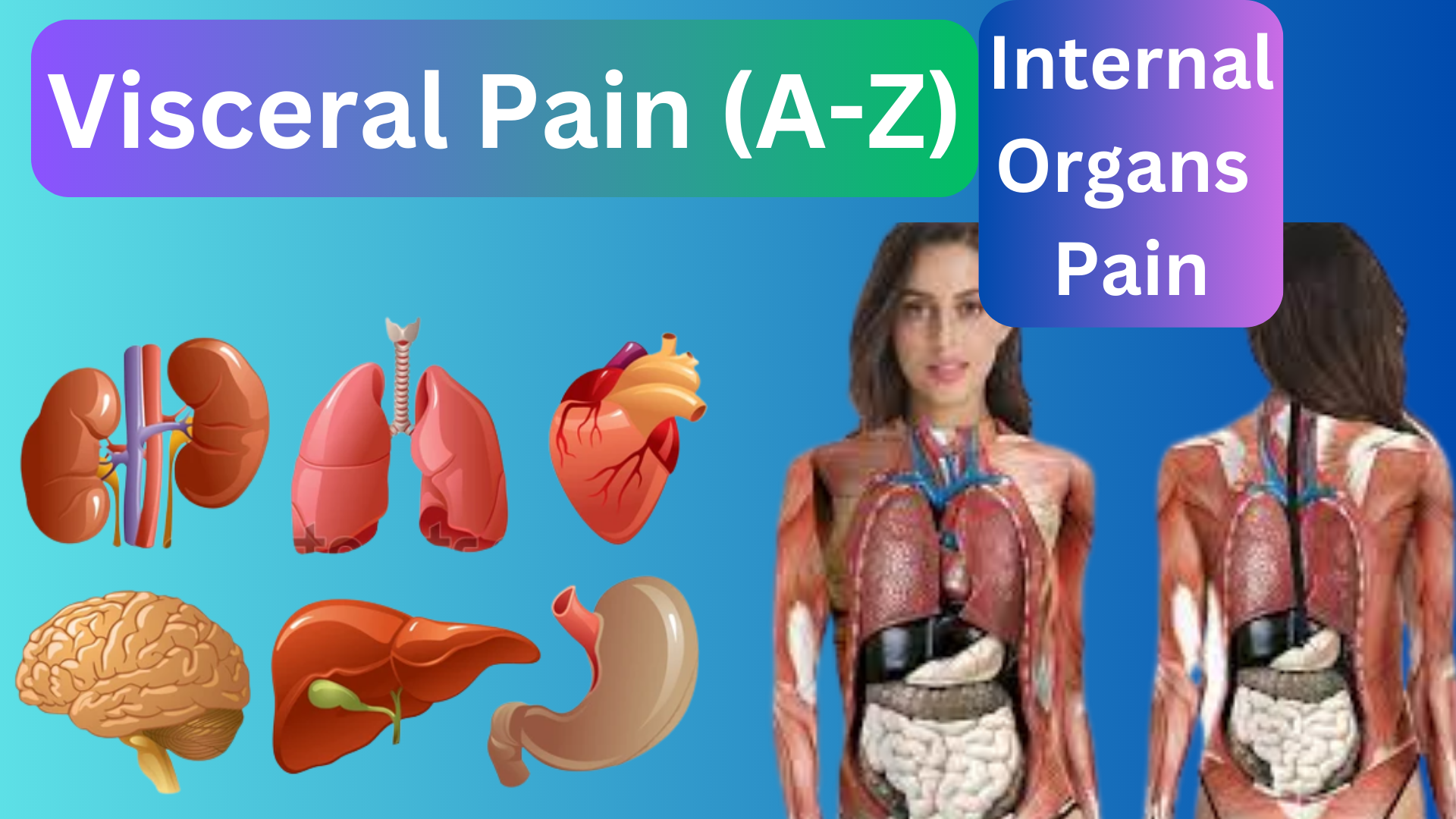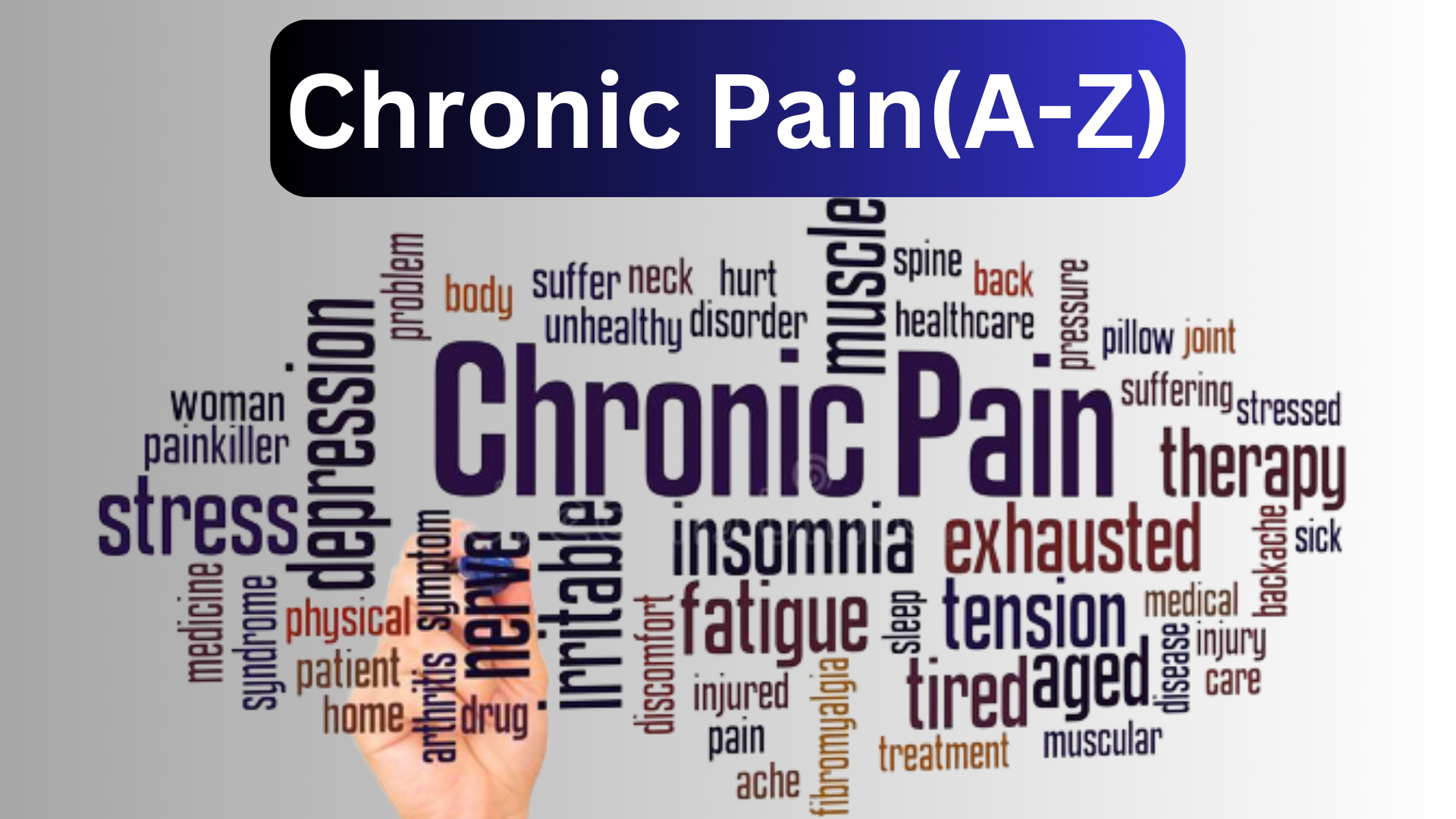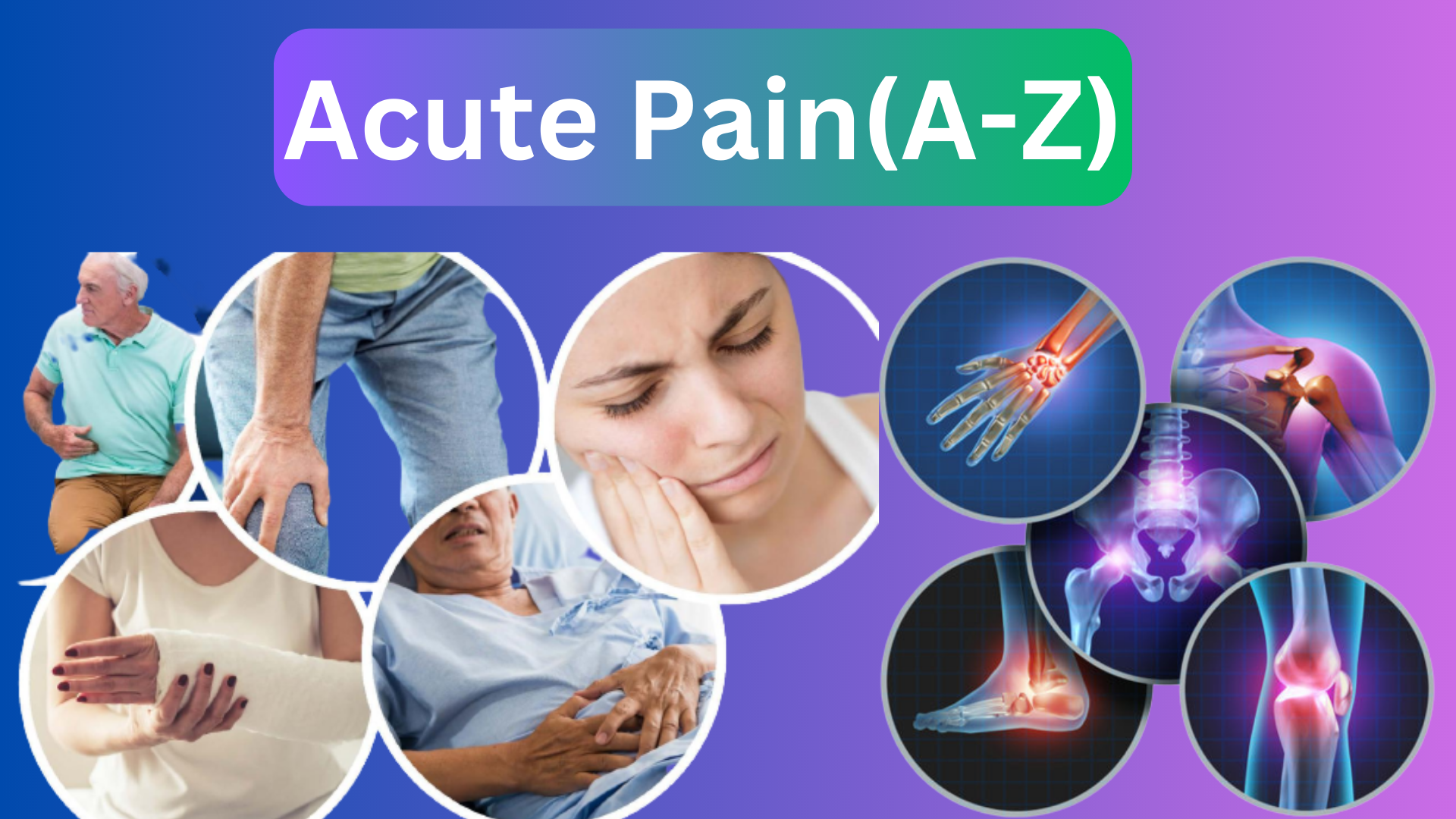Sciatica Nerve Pain Relief, Causes, Symptoms In Very Detailed
Sciatica Nerve Pain Relief, Causes, Symptoms In Very Detailed. Click to learn sciatic joint nerve pain treatment, treating sciatica at home, back nerve pain relief and many more.
Sciatica is leg back discomfort that radiates down the leg. Typically, compression or irritation of one or more lumbar spine nerves causes sciatic pain. The spread of it from the buttock often relies on which nerve is being damaged.
What are the causes of sciatica?
The spinal nerves (nerve roots) flow by bone tubes called the spinal canal and intervertebral foramina in the lower back. Pressure could rise if these tubes’ sizes are lowered.
What are the symptoms of nerve compression?
Compression of a nerve (Nerve Pain) or spinal cord can cause discomfort, stiffness, numbness, tingling, and weakness.
These symptoms may spread to other body areas as the spinal nerves divide to form the peripheral nerves. For instance, lower back nerve root compression might result in discomfort in the legs (Leg Pain), foot, and buttocks.
The following conditions can result in nerve root compression:
- Prolapsed (bulging, ruptured, or “slipped”) discs in the intervertebral foramen
- Vertebral stenosis
- One spinal bone sliding (Bone Pain) onto the other is known as spondylolisthesis.
What are the complications of sciatica?
If the pressure on the nerve in your spine is not eased, issues could arise, which is what causes sciatica. The following are potential side effects of unrelieved nerve compression:
- Greater pain
- A herniated or slipped disc
- Weakness or loss of sensation in the afflicted leg
- Loss of bladder or bowel control
- Irreversible nerve damage
How is sciatica diagnosed?
Along with a complete medical history and physical exam, tests for sciatica may include:
- X-ray. Internal organs, bones, and tissue images are created on film by electromagnetic energy beams.
- (MRI) magnetic resonance imaging. The organs and structures in your body are imaged in great detail using powerful magnets, radiofrequency energy, and a computer.
- Emg and ncs stand for electromyography and nerve conduction studies. A process that records and examines electrical impulses that are sent from your muscles. Thin needles are inserted into your muscle during the EMG to record electrical activity.
- The nucs are frequently used in conjunction with the EMG to assess whether a nerve is functioning normally.
- Then, electrodes are positioned all over your skin along the nerve pathway. Your doctor can then pinpoint the precise location of your damage by stimulating the nerve in several places.
What is the treatment for sciatica?
1.) Activity changes
Surgery is typically not used to treat sciatica. Surgery is actually only required in a small proportion of people.
A change in your physical activities may be advised by your specialist. This can entail staying away from particular leisure and employment-related activities.
2.) Braces
Sometimes doctors will recommend specialized braces to treat back pain (Upper Back Pain & Middle Back Pain). Acute painful episodes may benefit from brief durations of bed rest, but strict bed rest is rarely required.
3.) Physical rehabilitation
A comprehensive physical rehabilitation program helps to reduce pain and inflammation, increase mobility and strength, and make it easier for you to carry out daily tasks. Typically, a regimen of clinical Pilates, hydrotherapy, and physiotherapy is advised.
Pain medication (Tapentadol Tablet) is frequently administered together with positions, exercises, and movements. Along with strengthening and coordination drills for the low back (Lower Back Pain) and abdominal muscles (core stability drills), hamstring flexibility is addressed.
The aims of these physical therapies are to assist you in:
- Taking care of your health and reducing your symptoms
- Changing your posture and movement patterns can help you avoid back pain
- Increasing your core strength and flexibility
Additionally helpful to some patients are chiropractic adjustments, osteopathy, therapeutic massage, and acupuncture.
4.) Psychologist Review
A clinical psychologist’s review is frequently beneficial. The use of mindfulness-based practices and cognitive behavioral therapy as pain management techniques is possible. Treatment for any related depression or anxiety is crucial since these diseases can make pain feel worse.
5.) Medications
In order to manage pain, reduce muscle spasms (Muscle Pain), and restore a regular sleep cycle, medications are crucial. Long-term medicine use must be continuously monitored to prevent issues like tolerance and dependency (addiction). Here is the best medication: Pain O Soma 500mg and Soma 350mg medication.
6.) Nerve sheath
A nerve sheath injection can be scheduled in an effort to lessen the discomfort if the aforementioned measures are unsuccessful.
These injections may be useful for both diagnosis and treatment, but the effects are typically transient (lasting a few days to a few weeks).
7.) Surgery
Surgery is only necessary if all other treatment choices have failed to keep your pain under control and if your underlying disease can be treated surgically. Not every patient with severe, chronic back pain is a candidate for surgery.
Any mechanical (instability) and compressive (nerve pressure) problems must be treated surgically. Typically, a keyhole microdiscectomy is part of surgery.
Key points about sciatica
- Most frequently, sciatica affects adults between the ages of 30 and 50.
- It is a pain that begins along the sciatic Nerve Pain and travels down the back of one thigh and down your buttock.
- A herniated (or bulging) disk in your spine that puts pressure on your sciatic nerve is typically the culprit.
- With rest and patience, sciatica usually recovers on its own.
Q.) What is sciatica?
The sciatic nerve is the biggest nerve in the human body. The lower back contains this nerve. Pain occurs when it is compressed by a bulging disc, bone spurs, or another problem.
Medical professionals frequently use drugs, invasive treatments, or even surgery to address this issue. However, it has been discovered that chiropractic care is very effective at reducing pain and even curing the underlying issue.
Q.) What are the symptoms of sciatic nerve pain?
Numbness that extends from the lower back to the hips, buttocks, and leg is the primary symptom of sciatic nerve pain. Since it spreads to other areas of the body, it is sometimes called radicular pain.
Many people seek the assistance of a chiropractor since it is frequently so severe that it rapidly becomes incapacitating. Some say the pain feels stiff, burning, numbing, or burning. Inflammation is the cause of the pain.
Q.) How serious is this type of nerve pain?
Sciatica pain can become pretty intense. If it is severe, it may cause discomfort to radiate down the leg and potentially cause bowel or bladder paralysis.
Before starting any kind of treatment, it is crucial to determine whether the pain is caused by a herniated or bulging disc.
Although the pain may be unbearable, the condition can usually be resolved with chiropractic care in a few weeks without the need for surgery.
Q.) Is chiropractic care effective?
Many people discover that receiving chiropractic treatment is a secure and efficient solution to relieve sciatic nerve discomfort. Quite frequently, adjustments can alleviate the nerve’s pressure.
Many people discover that they may continue their regular daily activities without pain after a few weeks of treatment.




